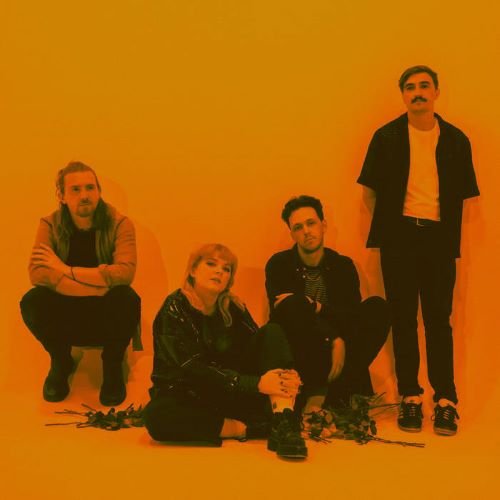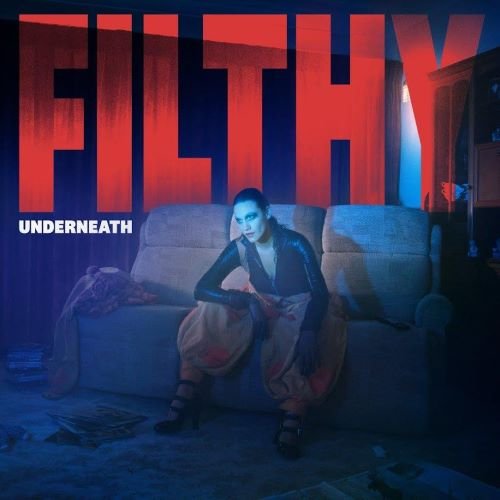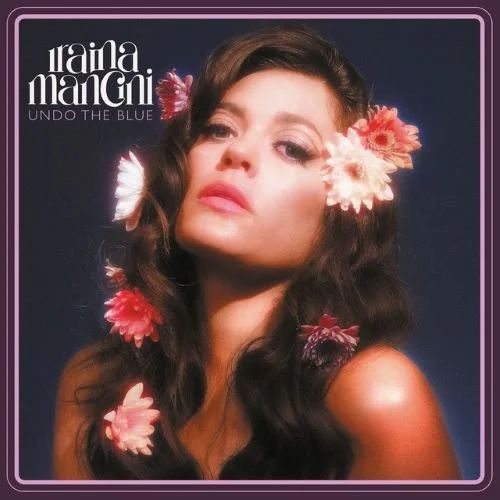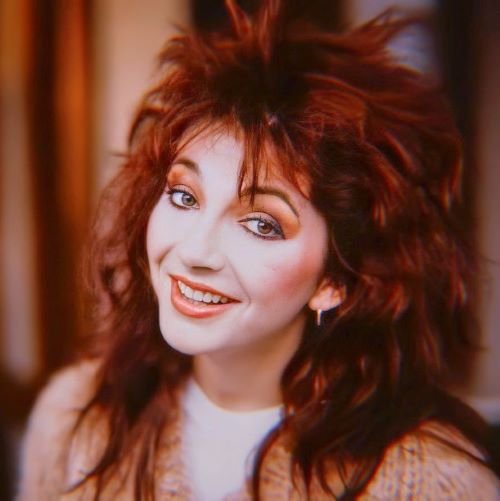Review:
“A decade ago, Bill Ryder-Jones made what he would come to think of as the defining record of his career. Then a few years out of The Coral – the band he had co-founded with a group of school friends as a teen, and a solo album deep (an instrumental recording with the Liverpool Philharmonic Orchestra that served as an imaginary soundtrack to Italo Calvino’s novel If On A Winter’s Night A Traveller) he released A Bad Wind Blows In My Heart.
The album set out Ryder-Jones’ stylistic and thematic stall: songs marked by a remarkable closeness, by the intimacy of place and people. It was a world filled with colloquialisms and gentle wit, where we were all on first-name terms and the geography sat in our marrow. He carried the style further on 2015’s West Kirby County Primary, and through to 2018’s Yawn (and its stunning acoustic companion, Yawny Yawn). Not nostalgia exactly, but a certain squaring with the past – former loves, distant conversations, things he should’ve said or done.
Across his solo catalogue, there has been a kind of wet leaf quality at the heart of many of Ryder-Jones’ songs; something beautiful and sad that seems to cling to the singer. We might trace this to the early loss of his older brother, to his experiences of depression, anxiety and agoraphobia, but wherever its source lies, what it brings to his music is a beguiling elusiveness; the sense that something is halfway gone and just out of reach.
His seventh record, Iechyd Da, follows a five-year gap, in which he spent time producing albums for other artists – among them Michael Head’s Dear Scott, and Brooke Bentham’s Everyday Nothing. The time away has allowed for a certain recalibration, and the singer has said that the new record is an effort to return to the feeling he found in A Bad Wind Blows In My Heart. This desire seems in itself wholly in keeping with Ryder-Jonesian sentiment – a reaching-back, once again, to an earlier time and place. But regardless of its intention, the result is impressive; Iechyd Da is an album that confirms Ryder-Jones as one of Britain’s finest songwriters.
Certainly there are nods to his 2013 album here – a reappearance of the characters Christinha and Anthony, for instance, the return of mixer James Ford, and a track named “A Bad Wind Blows In My Heart Pt 3”. There is also a similarly exploratory approach to style, grown bolder now, perhaps through his own production experience. The record is filled with orchestral swells and sonic oddities, a Gal Costa sample here, a wink to Lou Reed’s Street Hassle there, a children’s chorus, skewed instrumentals. On “…And The Sea…”, Michael Head pops up to read an excerpt from James Joyce’s Ulysses, his rich Scouse tones mixed beneath waves of strings as he makes his way through Molly Bloom’s closing thoughts. It leads to something strangely affecting, like a more disco take on Van Morrison’s “Coney Island”.
Like Head, Ryder-Jones was raised in Merseyside, and still lives in his native West Kirby. He sings with the characteristic melody of the Liverpudlian accent: muffled and mish-mashed, fricative, debuccalised, taking clear relish in his delivery. And so we find the pleasing sing-song of lines such as “From Ant’s to Our’s to Arrowe Park/ Somewhere around the seven-minute mark…” on “Thankfully For Anthony”, or the distinctive Scouse pluralisation of “Oh no I’m feeling blue/And it’s all because of yous…” on “Nothing To Be Done”. It brings a sense of warm informality, as if the accent itself stands among the record’s run of familiar characters.
Ryder-Jones’ voice isn’t quite ASMR-inducing, but it sits soft and low and just at the edge of hearing, as something heard through walls, or in somniferous recline. It catches sometimes, or seems to give out completely, and in these moments the effect is for the listener to lean in even closer.
It’s a neat trick, and Ryder-Jones has a particular gift for experimenting with where sound sits and what effect that can exert on the listener. Where instrumentation dominates, it seems to replicate an intense surge of feeling, burying the singer’s voice, obscuring the lyric, obliterating all. Sometimes, as on “This Can’t Go On”, the music works counter to the subject matter — the old disco trick of a rum tune carrying great sorrow. In the gulf between grows a lurching disorientation, in much the same way as he starts the song walking at night listening to “The Killing Moon”, spurred by the memory of some advice to “get outside, go get some sun.”
What frames this record is a kind of love. The opening track, “I Know That It’s Like This (Baby)” begins as a heady take on romantic love, filled with besotted canoodling and the joy of staying in and watching TV with someone you adore. By the chorus it’s curdling. Ryder-Jones singing of being at once too much and not enough, as the Gal Costa sample, taken from a song that soundtracked that particular relationship, rises and falls.
The track is followed by “A Bad Wind Blows In My Heart Pt 3”, which sees the singer rejecting the lonely advances of an ex, reminding her of their troubled relationship. But above, around, between runs an acknowledgment: “Oh how I loved you.” He sings the line repeatedly, each time resting on the low, heavy vowel of ‘love’, and the simplicity of it grows quietly devastating.
There are other loves here: the ones we’ve hurt, the ones we hope might return, the love of belonging, the surprise of being told you’re beautiful. All the heartfelt moments we still think about, and a dispassionate acknowledgement that, after all, a relationship can simply come to a natural end: “A sun just sank into some sea,” he concludes on “Cristinha”.
But it’s the penultimate track, “Thankfully For Anthony”, that gives the real heart-lurch. One of the album’s standouts, it presents an altogether different kind of loving: this is not hurly-burly romance, but a love marked by constancy and choice. Ryder-Jones finds it among his friends, and even for himself: “And I felt love/I’m still lost, but I know love,” it runs. “And I know loss/But I choose love.” The lines land plum, like a gut-punch.
When Ryder-Jones left The Coral, the band were at the height of their success – five Top 10 albums, critical acclaim, touring with the Arctic Monkeys, a Mercury nomination. But the bigger they became, the more Ryder-Jones, the band’s lead guitarist, seemed to pull in another direction. He became more interested in string arrangements, he grew weary of the demands placed on a commercially successful group, he began to experience panic attacks ahead of live shows.
What he chose instead was a creative life that was altogether more intimate. Success was measured not so much in sales as craftsmanship. The big venues and festival stages were abandoned for smaller rooms. In the studio, he largely worked alone: singer, lyricist, producer. The songs grew closer, truer, tougher.
There have been turbulent moments along the way, of course. But Iechyd Da feels a culmination of all he set out to do. It’s a record that beckons you over and invites you in, that rewards your faith and careful listening with moments of extraordinary beauty, unflinching honesty, a sonic exchange of love” – Uncut































































